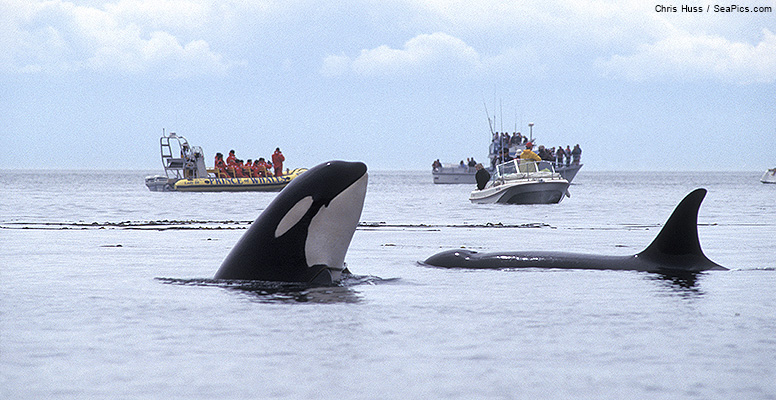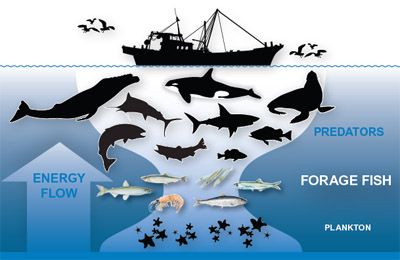West Coast Fishery Managers Approve Fisheries Sea Change
In a landmark development for ensuring a healthy Pacific Ocean, fishery managers this week unanimously approved their first Fishery Ecosystem Plan for the West Coast.
The Pacific Fishery Management Council plan makes it a priority to protect currently unmanaged forage fish. The plan, in the works since 2009, begins a fundamental shift in the Pacific council's approach to fisheries management and represents an important milestone in U.S. efforts to move ecosystem-based management from theory into practice.

“It's the beginning of a paradigm shift in fisheries management,” Pew's Paul Shively told the Associated Press in a widely published article that appeared on the eve of the council's April 9 decision. “We've always managed our oceans on a species-by-species piecemeal approach. By developing an ecosystem plan, we begin to look at how everything is connected in the ocean.”
To that end, the plan's first concrete Ecosystem Initiative proposes regulations that would prohibit the development of new fisheries on forage fish species until an evaluation of their effect on the rest of the ocean's food web was made. Forage fish such as sardine, herring, and anchovies form a critical midpoint in the ocean's flow of nutrients. These small, oil-rich fish spend their life eating microscopic plants and animals drifting near the ocean's surface, together forming large “bait balls” of nourishment for seabirds, marine mammals, and bigger fish, including recreationally and commercially important species such as salmon, tuna, and lingcod.

Before a crowded meeting room, the council heard from more than a dozen representatives of the seafood industry, birding community, scientists, and commercial fishermen who have a stake in a productive ocean. All urged the council to adopt the ecosystem plan, as did more than 3,500 residents of California, Oregon, Washington, and Idaho who had written to the council before the decision. They encouraged their council representatives to take the next step and enact management protection for forage fish species that aren't yet being targeted.
Unmanaged species such as saury, sand lance, and various smelts are subject to high-volume fisheries elsewhere around the world, and they are vulnerable to unrestricted fisheries developing on the Pacific coast. The same schooling behavior that makes forage fish a delicious target for ocean wildlife also enables them to be caught by the ton in industrial-scale fisheries. Forage fish already account for more than a third of total marine landings worldwide, with the bulk of it turned into secondary products such as animal feed, fertilizer, and nutritional supplements.











